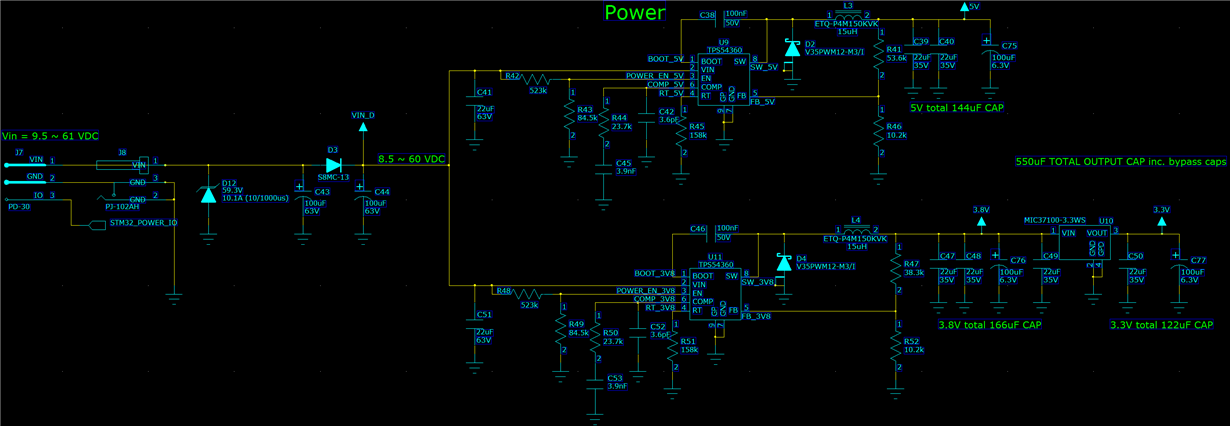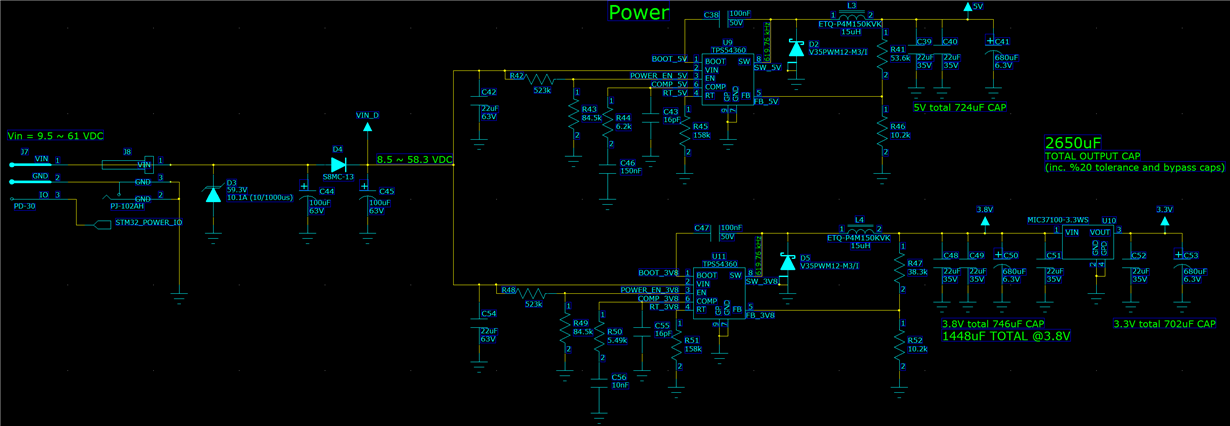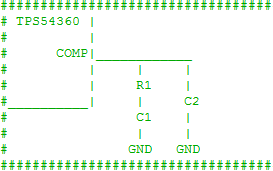Other Parts Discussed in Thread: TPS54360, TINA-TI
Tool/software: WEBENCH® Design Tools
Hi,
I would like to design a circuit as small as possible by increasing the frequency. However, when I increase the frequrncy using WEBENCH tool, the automotive grade TPS54360-Q1 disappears from the list. and nothing shows up at 1500KHz although they can go up to 2500KHz.
Anyone have any idea what is going on here? How can I test the circuit with such purpose?
Any helps or comments are appriciated.
Regards,
Ogulcan




